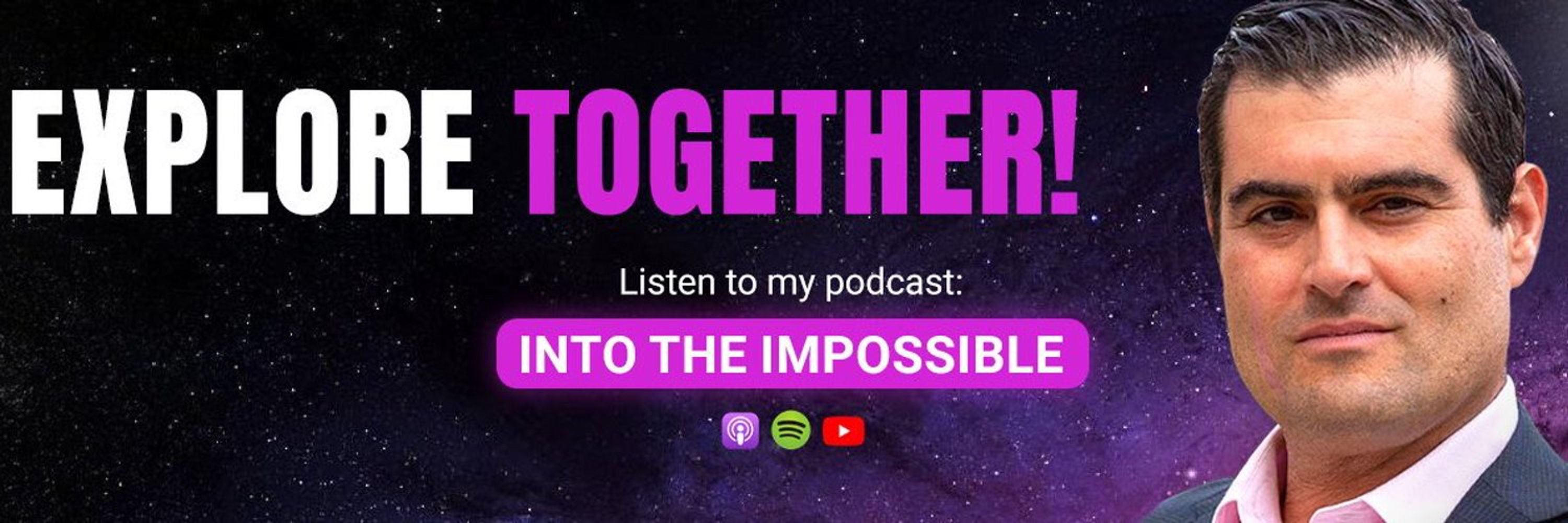
www.youtube.com/watch?v=4BZn...

www.youtube.com/watch?v=4BZn...
www.youtube.com/watch?v=hV78...

www.youtube.com/watch?v=hV78...
www.youtube.com/watch?v=mA-n...

www.youtube.com/watch?v=mA-n...
www.prageru.com/videos/physi...

www.prageru.com/videos/physi...
www.youtube.com/watch?v=mA-n...

www.youtube.com/watch?v=mA-n...
www.youtube.com/watch?v=aPGo...

www.youtube.com/watch?v=aPGo...
www.youtube.com/watch?v=aPGo...

www.youtube.com/watch?v=aPGo...
www.youtube.com/watch?v=aPGo...

www.youtube.com/watch?v=aPGo...
Follow for more fascinating space facts!
Read the article here:
www.cnn.com/2025/10/02/...

Follow for more fascinating space facts!
Read the article here:
www.cnn.com/2025/10/02/...
Image of Cha 1107-7626, a dot located in the center. 👇

Image of Cha 1107-7626, a dot located in the center. 👇

Read the full article here:
www.uri.edu/news/2025/1...

Read the full article here:
www.uri.edu/news/2025/1...


